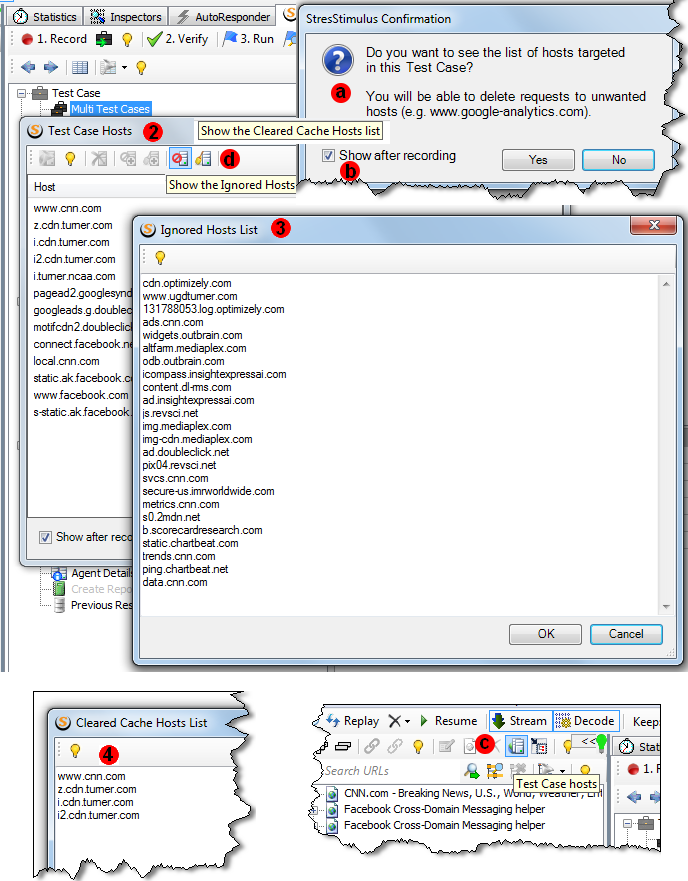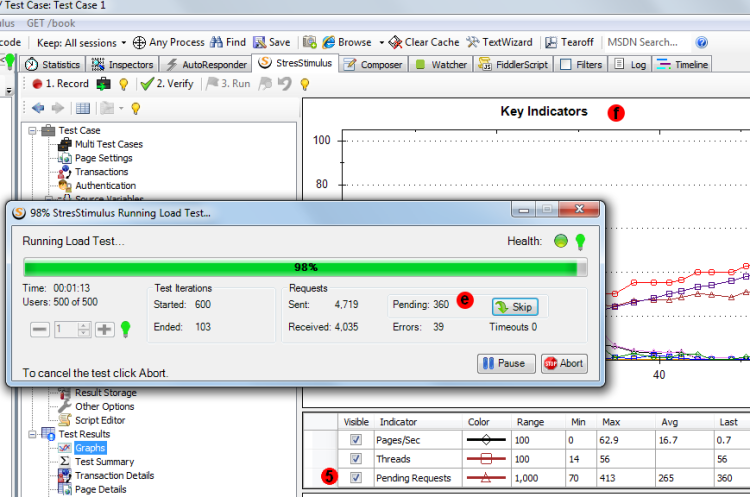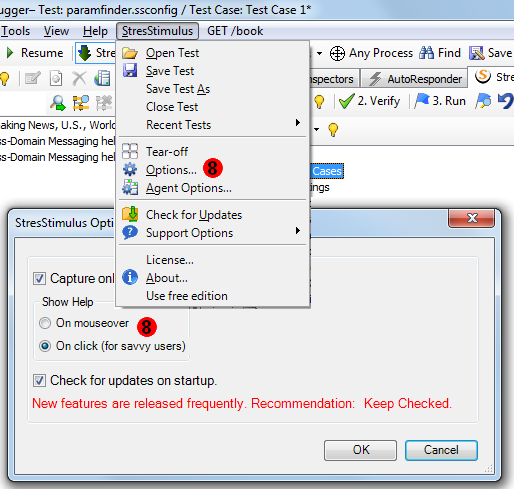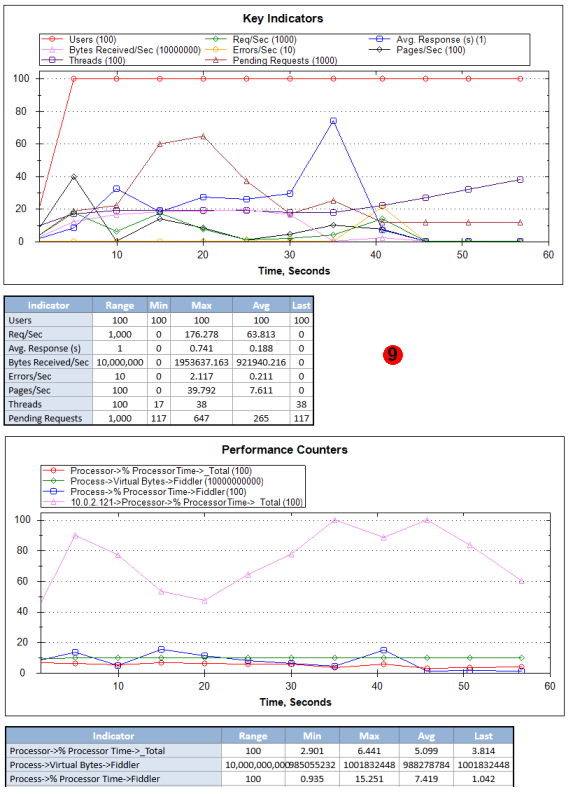This update is expected to be the last one before the final release scheduled for this month. The following new features and updates were added:
1. Host Auto-Filter deletes unnecessary requests and helps with future recordings. The Video-tip below shows how to use it.
Hold the Ctrl key and highlight all hosts that are relevant to this test, and then click the Host Auto-Filter button. StresStimulus will:
- Delete requests to the non-selected hosts from the Test Case.
- Add non-selected hosts to the Ignored Hosts list. Requests to these hosts will be ignored in future recordings.
- Add the selected hosts to the Cleared Cache Hosts list. Responses from these hosts will be cleared from the browser cache before recording test cases (for more accurate testing).
2. Test Case Hosts List. After completing test case recording, a list of hosts targeted in a Test Case is generated. After recording is completed, the prompt (a) will offer to display the Test Case Hosts list.
To suppress this prompt, uncheck “show after recording” box (b). To recall Test Case Hosts list manually, click the button (c) on the test case toolbar.

3. Ignored Hosts List includes hosts that will be excluded from the performance testing. Requests to these hosts will be ignored in future recordings. You can edit this list. To recall this list, from click the button (c) on the Test Case Hosts List toolbar.
4. Cleared Cache Hosts List includes hosts, which responses will be cleared from the browser cache before recording test cases. It is recommended to clear browser cache before recording. Cleared Cache Hosts List is used for automatic cache clearing. To recall this list, from click the button (d) on the Test Case Hosts List toolbar.
5. Pending Requests graph. Pending requests are those that are issued but the response is not yet received by StresStimulus. Previously, the instant number of pending requests was displayed only on the progress bar (e). Now such instant values will be also graphed on the Key Performance Metrics graph (f). The grid below the graph will include the maximum, minimum and average number of pending requests registered during the test. Generally, the greater number of pending requests indicates slower server response. This parameter can be used to gauge performance change in several tests runs.

6. Script Versioning. Summary report now displays Test Version Date that reflects the timestamp of the last script modification. Also, the last modified date of the .ssconfig file, which stores the test script, will be automatically set to the same Test Version Date, not to the time when the file is actually saved.
When comparing application performance in several runs of the same test, the unchanged Test Version Date across the test runs will assure that the script was not changed.
7. Find Previous on all Search controls.

8. Help boxes option for savvy users. Previously, the help boxes were always displayed on mouse over. In this version, savvy users have an option to display help boxes on click.

9. Added grids with the graphs aggregated characteristics on the report. By multiple requests, the grids that are displayed below the Key Indicators and Performance Counters graphs, are now added to the summary report.
10. Fixed Recorder compatibility issues with 64-bit OS in the following situations:
- IE 10 on Windows 7;
- Windows 8;
- Silverlight 4 and older.
A Hotfix is issued for v 2.5 as well. If after installing this version on 64-bit Win 7, you will install IE 10, the Recorder will prompt to reinstall StresStimulus for deploying compatibility with IE10.
If you have an issue with recording applications developed in Silverlight 4 or older on 64-bit Win 7, you need to install this version and then upgrade to IE10.
11. Fixed network bandwidth emulation module. Now StresStimulus injects a more accurately calculated delay in each HTTP transaction, proportionate to the size of the request / response depending on the selected bandwidth.
To navigate to other parts of the v2.8 release notes, click the links below: